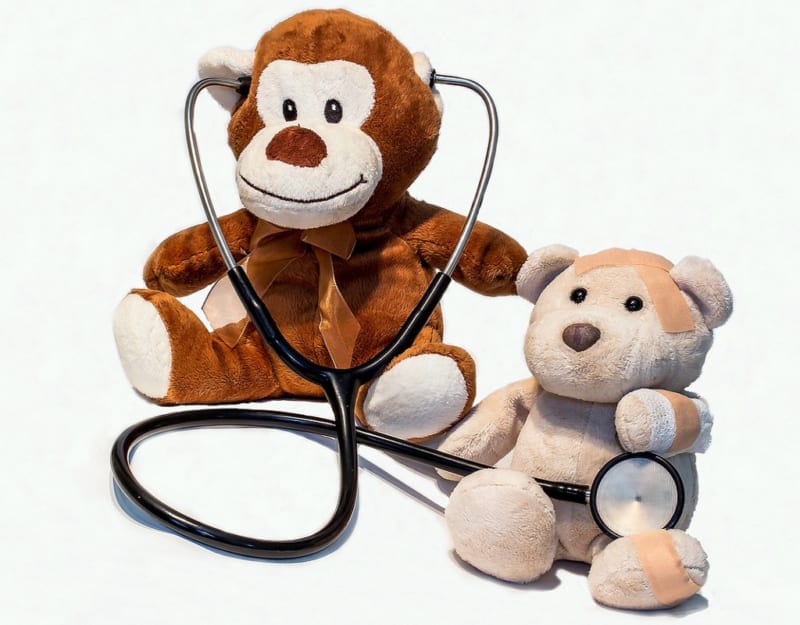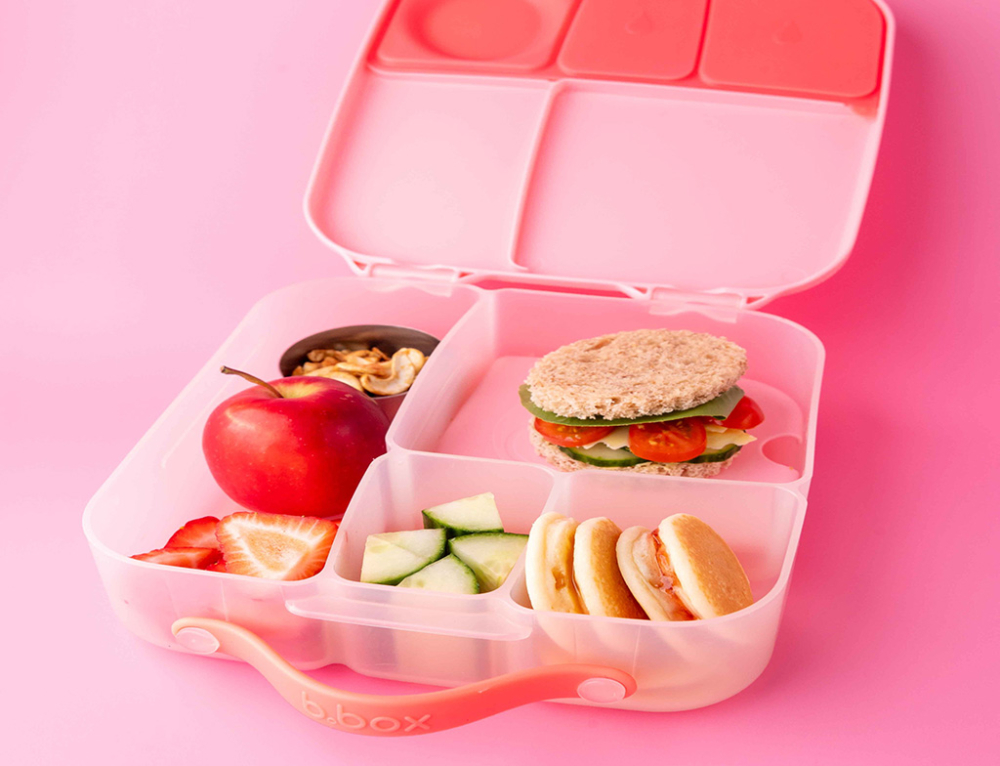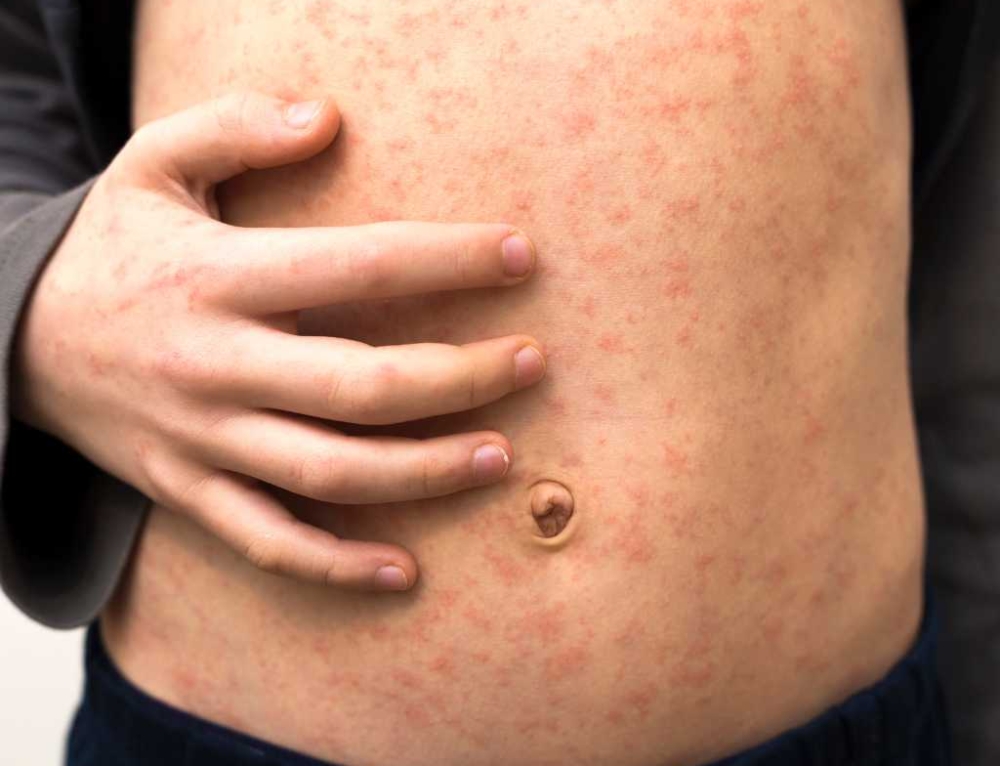Sponsored content
You’ve kept the troops happy and occupied all school holidays. Then along with their return to school, comes the return of common school bugs that can send your kids back to the couch, only this time with a sniffle instead of a game console. Here’s how you can help keep your kids healthy by beating the five most common school bugs.
Head lice
Head lice are tiny parasites that live on the scalp. They lay their eggs (nits) near the base of the hair shaft. Head lice spread quickly in school and child care environments because kids often work and play closely and share personal items. Head lice don’t fly or jump, they can only crawl from head to head.
How your kids can avoid getting head lice
No child is immune to head lice – and it is a lucky mum indeed who escapes the chore of having to deal with lice at some stage in their child’s life. But there are ways you can reduce the likelihood of your child catching lice. They include:
- Not sharing hairbrushes, hair ties, hats or any other hair accessories
- Keeping long hair tied up – plaits are the best way to keep hair under control at school
- Checking your child’s head regularly along the hairline for evidence of nits or lice
If lice is already in the family
To prevent cross-contamination of head lice in the family, take the following steps immediately:
- Treat the sufferer with a lice treatment and follow through on the treatment cycle because treating once will not be enough
- Consider using one of the preventative treatments on other family members – these are not 100% successful but some families do have a lot of success with them
- Prevent the sharing of hair brushes and other hair accessories, as well as towels and pillows
What if we could make head lice removal
FUN and EFFECTIVE?
Discover a better way to tackle head lice with ISpyNit’s innovative Glo-Powder and odourless lotion. Spot lice eggs under UV light for precise removal, and enjoy a sensory-friendly, stress-free experience perfect for kids. Educational, engaging, and effective – turn treatment time into science time!
Impetigo
Impetigo, also known as School sores, is a staphylococcal or streptococcus bacterial infection that lives on the skin. More common during the warmer months, Impetigo gets in to the deeper layers of the skin through cuts and sores on the skin and causes blistering that crust over. These blisters are filled with bacteria which can weep – which makes it a highly contagious infection.
Impetigo is generally not dangerous and will clear on its own but taking antibiotics and using antibiotic creams will speed up recovery – and considering your child will need to be quarantined at home until the healing process is well under way, most parents opt to use antibiotics quickly.
How your kids can avoid impetigo
The key to avoiding impetigo is by practicing good hygiene. Ensure your child:
- Washes his hands regularly – and well – with soap
- Keeps broken skin covered – this includes cuts and scrapes as well as eczema and rashes
- Doesn’t pick at scabs
If impetigo is already in the family
You can prevent cross-contamination amongst family members by ensuring:
- Everyone uses antibacterial soup when they wash
- Everyone uses their own towels when bathing
- Impetigo sores are covered with gauze
- The fingernails of the entire family are kept short
- Wash the bedding, towels and clothing of the impetigo sufferer separately and in hot water
Worms
While there are five different types of parasitic intestinal worms that can be caught in Australasia, by far the most common worm school children pick up is the threadworm, also known as the pinworm. Threadworm infestations are rarely serious – unless the infestation is ignored for a long period of time – but they are uncomfortable and can be embarrassing for the sufferer because of the itching around the anus that they cause.
Easily treated with over-the-counter medication, health professionals always recommend that the whole family (adults included) get wormed at the same time to prevent a pattern of reinfestation.
How your kids can avoid getting worms
Because worms are spread through poor hygiene, the best way to keep your kids from getting worms is by ensuring:
- They wash their hands using soap regularly – and well
- They don’t eat food that has fallen on the ground
- They keep their nails short and clean
If worms are already in the family
After worming the entire family as a precautionary measure, you can reduce the chances of other family members getting worms significantly by:
- Stopping the worm sufferer from scratching their bottom
- Discouraging thumb-sucking and nail-biting
- Vacuuming often to remove dropped eggs
- Washing the sufferer’s bedding and clothing separately and in hot water
NOTE!
Dogs and cats cannot pass threadworms onto humans – so it’s not necessary to worm the family when you worm your pets. And vice versa.
Hand, foot and mouth disease
Hand, foot and mouth disease is a viral infection, mostly commonly caused by the coxsackie virus. It is most commonly seen in kids under 10 years old and is easy to identify by the rash on the hands and feet as well as the sores in the mouth.
The Hand, foot and mouth disease that humans can contract is in no way connected to the very serious illness that can kill animals – despite being given the same name, they are very different illnesses.
Hand, foot and mouth disease is generally not a serious illness but it is highly contagious so quarantining children at home until the blisters have dried is recommended to prevent the spread of the illness.
How your kids can avoid getting Hand, foot and mouth disease
Hand, foot and mouth disease is spread through contact with infected saliva, nose and throat secretions through coughing or sneezing, as well as from the fluid from blisters themselves. The best way you can prevent your child from contracting the illness is by:
- Teaching your child to wash his hands well using soap
- Wiping down contaminated surfaces with disinfectant
- Avoiding exposure to children with the illness
If Hand, foot and mouth disease is already in the family
If a family member has contracted the disease, the best ways to protect the rest of the family include:
- Remind everyone to wash their hands with soap regularly
- Teach your kids to cough and sneeze into a tissue to prevent the spread of secretions
- Prevent your sick child from thumb-sucking and nail-biting
- Restrict your sick child’s movements around the house to prevent contamination of other areas
- Treat symptoms with over-the-counter medications such as coughing and sneezing to prevent the spread of secretions
Conjunctivitis
Conjunctivitis is an infection that can be caused by a virus or bacteria, or an eye irritation such as an allergy. Also called pink-eye, the condition causes the inflammation of the conjunctiva, the clear membrane covering the white part of the eye and part of the inner eyelid. Conjunctivitis is very common, especially in young children.
How your kids can avoid getting conjunctivitis
Because bacterial and viral conjunctivitis is highly contagious, the best way you can protect your kids against catching it is by teaching them to wash their hands well using soap.
If conjunctivitis is already in the family
- If a family member already has conjunctivitis, you can protect the rest of the family by:
- Encouraging extra hand-washing by all family members
- Preventing your sick child from rubbing his eyes
- Keeping the infected eyes clean by using clean cotton wool balls soaked in warm water – a new ball should be used with each wipe and disposed of into the bin immediately
This article was written by Ella Walsh for Kidspot.
Do you find that the kids get sick more often in those first few weeks back at school?
See more:








My worst fear is lice – or maybe because it’s something to do with insects that scares me the most. But all of these diseases are something to be wary of and to be prepared if it does happen. If only we can send our kids in hamster balls or something. 😛
Oh gosh, yes. We have had hand foot and mouth go through our house twice because there are different strains. I missed it the first time but the second time was horrific. So bad that my hands and feet felt like they were burning. Walking and taking care of a baby at the time was horrible.
All these yucky things can happen unfortunately we have had a few in our house spread from school. We try tell the kids to always wash there hands and not share brush’s, hats at school. We have just about had all of these in the kids over the years and it’s just something you deal with at the time. Our school has already had a head lice email but luckily it didn’t involve my kids.
So far my daughter hasn’t managed to contract any of these!! Famous last words!! I’m sure she will get some if not all of them at some stage. Not worried about it though, no point in getting stressed about it – just deal with it when it happens. I remember vividly getting head lice (or the cootie bugs as my 6 year old calls them) and also chicken pox as a child.